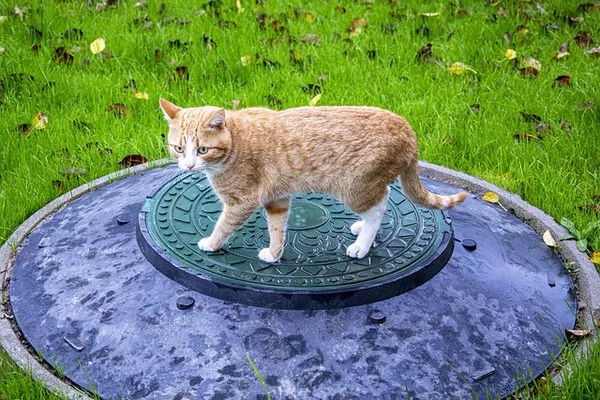Sewage treatment plants play a crucial role in maintaining public health and environmental sustainability by treating wastewater before it is released back into the environment. The process involves a series of intricate steps designed to remove pollutants and contaminants from sewage, ensuring that the discharged water meets stringent quality standards. This article provides a detailed insight into how sewage treatment plants work, shedding light on the various stages involved in the treatment process.
Preliminary Treatment
The first stage in sewage treatment involves the removal of large, easily separable solids from the wastewater through a process called preliminary treatment. In this phase, screens and grit chambers are utilized to trap debris, such as leaves, sticks, plastic, and other large objects. The removal of these materials prevents damage to downstream equipment and ensures the efficiency of subsequent treatment processes.
Primary Treatment
Following preliminary treatment, the sewage undergoes primary treatment, which aims to separate suspended solids and organic matter from the water. Primary settling tanks, also known as sedimentation tanks or clarifiers, are employed in this stage. The wastewater is allowed to settle, and the heavier particles settle to the bottom, forming a sludge layer. The clarified water above the sludge is then directed to the next stage of treatment.
Secondary Treatment
Secondary treatment is a biological process that targets the dissolved and suspended organic matter that remains in the wastewater after primary treatment. The most common method for secondary treatment is the activated sludge process, where microorganisms break down the organic pollutants. The activated sludge, a mixture of bacteria and other microorganisms, is introduced to the wastewater, creating an environment conducive to biological degradation. After aeration and agitation, the sludge settles, and the treated water is separated.
Alternatively, other secondary treatment methods, such as trickling filters and rotating biological contactors, use microbial colonies attached to media to treat the wastewater. These methods enhance the biological treatment process, promoting the growth of beneficial microorganisms that feed on organic pollutants.
Tertiary Treatment
Tertiary treatment is the final step in the sewage treatment process and is employed to further refine the quality of the treated water. This stage aims to remove remaining impurities and achieve water quality standards suitable for specific applications, such as discharge into sensitive ecosystems or reuse for non-potable purposes.
Common tertiary treatment methods include filtration, chemical treatment, and advanced oxidation processes. Sand or multimedia filters are often used to remove fine particles that may still be present in the water. Chemical coagulants and flocculants can be added to facilitate the aggregation of small particles, making them easier to remove. Advanced oxidation processes involve the use of ultraviolet (UV) light or ozone to break down remaining contaminants at a molecular level.
Sludge Treatment
Throughout the sewage treatment process, sludge is generated as a byproduct. This sludge contains both organic and inorganic matter and requires proper treatment before disposal or beneficial reuse. Sludge treatment typically involves thickening, digestion, and dewatering.
Thickening reduces the volume of the sludge by removing excess water, making it easier to handle and transport. Digestion, either aerobic or anaerobic, further breaks down organic matter in the sludge, reducing its volume and stabilizing its composition. Dewatering involves the removal of additional water, producing a solid material that can be disposed of in landfills or beneficially reused as a soil conditioner or fertilizer.
Disposal and Reuse
Once the sewage treatment process is complete, the treated water, now meeting regulatory standards, can be safely discharged into water bodies or reused for various non-potable purposes, such as irrigation or industrial processes. Disposal of treated sludge must adhere to environmental regulations to prevent adverse impacts on soil and water quality.
Conclusion
Sewage treatment plants are essential components of modern infrastructure, safeguarding public health and the environment by effectively treating wastewater. The multi-stage treatment process, encompassing preliminary, primary, secondary, and tertiary treatment, ensures the removal of contaminants and the production of treated water that meets stringent quality standards. Sludge treatment and disposal further contribute to the overall sustainability of sewage treatment plants. As populations grow and environmental concerns increase, continued advancements in sewage treatment technologies will play a vital role in addressing water pollution and ensuring a sustainable future.

